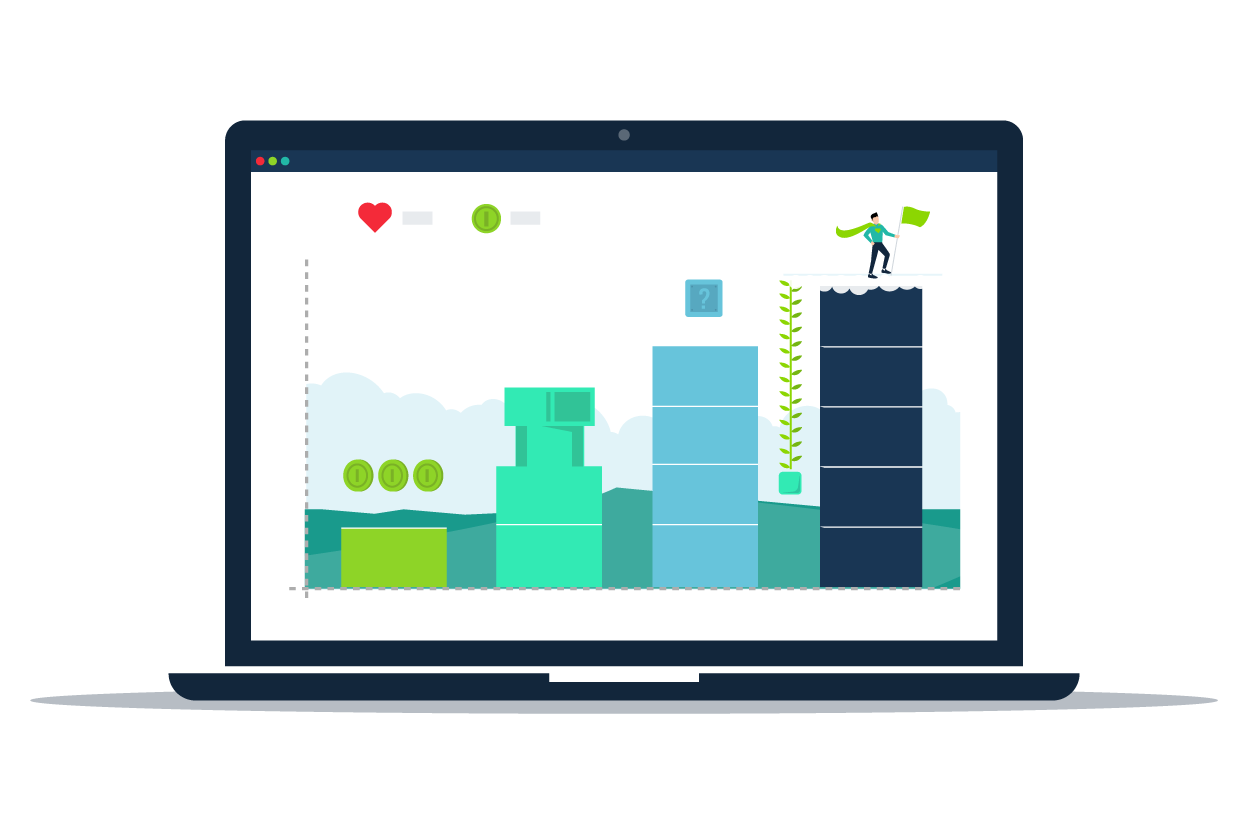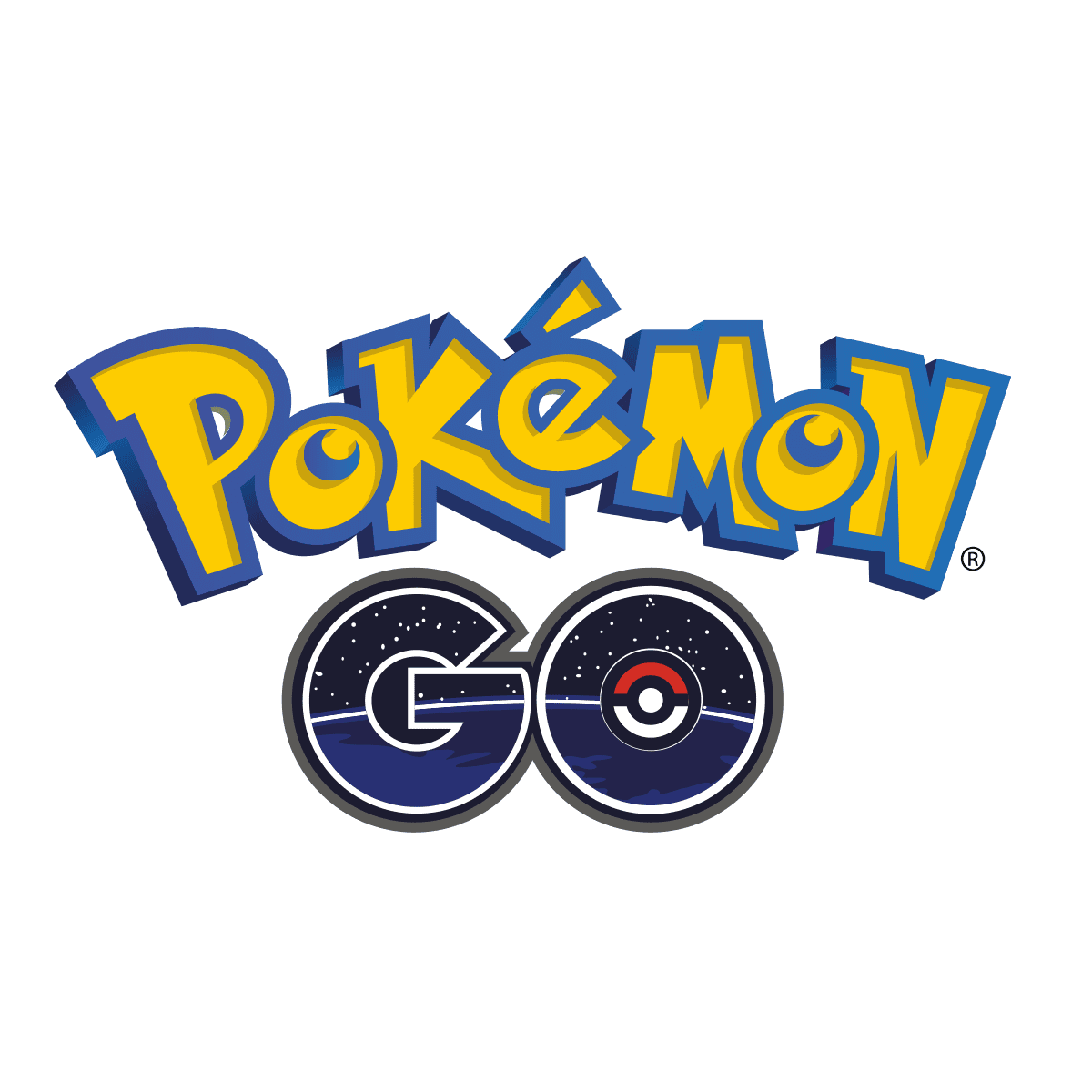
What’s the definition of gamification? Well…
“Gamification is the application of game design elements and principles in non-game contexts to motivate and engage users.”
In other words, gamification grabs the mechanics, general principles and theories which drive gameplay and applies them to other contexts.
These game mechanics are typically applied to solve problems. From fostering employee engagement to tackling voter apathy, gamification offers solutions to a broad range of challenges. This includes:
- Learner engagement in workplace training
- Sales staff performance
- Your ability to complete chores and mundane tasks
- Performance at the gym
- Organisational productivity
- Your ability to enter ‘flow’
- Knowledge retention
- Crowdsourcing
- Recruitment issues
- Customer retention
As gamification guru Bertalan Mesko puts it, ‘gamification might be the key for a broad range of issues for which we currently have no good solutions’.
Ready to dive into the wonderful world of gamification? This article explores its fascinating history, unpacks its definition, clarifies common misconceptions and showcases real-world examples. Let’s get started!
What is Gamification and Where Did it Come From?
Gamification has a long and rich history. In fact, Nick Pelling coined the term ‘gamification’ as far back as 2002. Freestyle rappers across the world immediately rejoiced at the rhyming potential it offered.
Of course, the world is now a very different place. We’ve had three new Spider-men, Taylor Swift rules the airwaves and cryptocurrency has gone from being a fringe concept to a mainstream conversation.
It’s a term you’ve probably heard before. Maybe you have a vague understanding of what it is. Maybe you don’t. Perhaps the term makes you break out in hives. Perhaps it makes you jump for joy. There’s certainly plenty of evidence that it works:
- 90% of employees admit that gamification helps them to be more productive.
- Gamification can boost company productivity by 50%.
- Gamification can increase happiness in employees by 89%.
- 89% of individuals would spend longer on an app if it were gamified.
- Companies that implement gamification are 7x more profitable.
What’s more, according to the latest research and trends, the gamification space is showing no signs of slowing down. Either way, we’re here to ensure you have a clear understanding of this widely discussed concept.
Why is Everyone so Confused About Gamification?
Unfortunately, no two people seem to have the same working definition of gamification. What’s more, it doesn’t help that there are two different types of gamification (‘structural’ and ‘content’).
Then there’s ‘learning games‘ and ‘serious games‘, which are distinct from gamification, but often often spark confusion and get mislabelled.
Additionally, some use the term too broadly, applying it to nearly anything remotely associated with gaming. As it happens, Snoop Dogg (of all people!) was guilty of this back in 2013.
There’s clearly an underlying sense of confusion about this word. Thankfully, the gamification experts here at Growth Engineering are here to clear up the misconceptions and provide a clear and differentiated definition.
What is Gamification?
Back in the halcyon days of 2014, Gartner sought to redefine ‘gamification’. According to Gartner, gamification is “the use of game mechanics and experience design to digitally engage and motivate people to achieve their goals”.
This is an interesting definition. It covers structural gamification (‘game mechanics’) and content gamification (‘experience design’) and highlights the importance of engagement and driving motivation.
And yet, this definition comes off as both a little too precise and a little too loose. Let’s break it down.
1. Is Gamification Digital or Analog?

Interestingly, Gartner’s definition hones in on ‘digital’ engagement. But whilst digital experiences tend to be easier to gamify, they’re not the only types of experience that can be gamified.
Think about the loyalty card you receive from your local coffee shop. There’s nothing particularly digital about a piece of paper and a stamp. Yet, like many loyalty programmes, this is clearly an example of gamification in action.
What’s more, we often use gamification in classrooms and training venues, without using any digital applications as a crutch. After all, it’s easy enough to give out badges and create a makeshift leaderboard.
As such, gamification is clearly not limited to a single domain.
2. Does Gamification Require Goals?

According to Gartner’s definition, gamification focuses on enabling people to achieve ‘their’ goals. This begs the question: can you not gamify an experience to help people achieve your goals?
In reality, gamification can be used to encourage desired behaviours. For instance, you could use it to motivate your audience to complete a survey or fill in a form.
You could even use it to encourage readers to fully engage with written content. Now’s probably a good time to note the progress bar at the top of this article.
Regardless of your specific goals, gamification can be effectively deployed to achieve a wide range of objectives.
3. Gameception: Can You Gamify a Game?

Gamification can’t exist in a vacuum. Game mechanics need to be applied to something. Gartner’s definition fails to capture this necessity sufficiently.
After all, there’s no mention of where the game mechanics need to be applied, beyond the ‘digital’ qualifier. This means they could theoretically be applied anywhere, including within fully-fledged game environments.
This is something we’ll seek to tighten up with our definition.
How Do We Define Gamification?

As nit-picky as this all may sound, consensus is an important thing. A clear definition will enable us to have more productive and meaningful conversations about gamification.
Hence, here at Growth Engineering, we define gamification as “the application of game design elements and principles in non-game contexts to motivate and engage users.”
We can break this down further:
- Structural Gamification: Applying game mechanics like points, badges, and leaderboards to existing processes or activities without changing the content itself.
- Content Gamification: Embedding game mechanics and elements directly within content itself, making the experience itself more interactive and engaging.
These game mechanics can be applied across a wide variety of contexts (including the world of learning and development) to transform tedious tasks into engaging experiences.
They foster a sense of enjoyment and accomplishment, helping to motivate individuals to participate and achieve desired outcomes. Let’s take a closer look at these mechanics.
Game Mechanics

Gamification uses a variety of game mechanics to create engaging and motivating experiences. Here are some of the most popular mechanics:
- Experience Points: Awarding points for completing tasks or achieving goals provides a sense of progress and achievement.
- Badges: Earning badges for specific accomplishments adds a layer of recognition and motivates users to complete challenges.
- Leaderboards: Leaderboards display user rankings, fostering healthy competition, comparison and social engagement.
- Levels: Earning enough experience points enables users to ‘level up’ and unlock new challenges, experiences or rewards.
- Progress Bars: Similar to levels, progress bars visually represent our progress towards a goal, motivating us to continue our efforts.
- Streaks: Completing a desired action (for example, logging into a platform every day) for a consecutive period creates a streak.
Gamification Examples
As with anything, gamification is much easier to understand if you see examples of it in action. As such, we are now going to explore some of our favourite examples of gamification in different settings. These include:
- Gamification in hobbies and activities
- Combining gamification and immersive technology
- Gamification in customer service
- Gamified mobile apps
- Gamification in education
- And gamified corporate training
1. The Boy Scouts

A classic example of gamification in action is the Boy Scouts of America awarding badges for activities like fishing or orienteering. These badges are typically sewn into the right sleeve of the Scout’s uniform.
Each badge taps into core motivators like status, achievement, competition, and a sense of belonging within an inclusive community. They’re like a permanent record of the Scout’s achievements.
Did you know: 11 of the 12 individuals who have walked on the moon were Scouts. They must be doing something right!
2. Pokémon GO

Pokémon GO has proven to be one of the most successful mobile games of all time. While it no longer is the global phenomenon it was in 2016, it continues to be popular today thanks to its gamified approach.
Similar to earning badges in scouting, Pokémon GO rewards users with rare and powerful Pokémon for walking significant distances. This is another example of applying game mechanics to fitness tracking (see below).
Without the motivating power of gamification, encouraging individuals to walk such distances might prove challenging. Perhaps this is why Pokémon GO has been downloaded 1.1 billion times to date.
3. Foldit

Back in 2011, a group of gamers used the online-game Foldit, to establish the structure of an important viral protein. In fact, this enzyme is essential for the maturation and proliferation of the AIDS virus.
This complex structure had baffled scientists for decades. Fortunately, a game-based learning experience was able to facilitate a significant breakthrough.
As biochemist Firas Khatib notes: ‘Citizen science can actually help solve unsolved scientific problems’.
4. Liveops

Liveops, a call centre outsourcing company with remote agents, understand the potential challenges of maintaining employee morale in a work-from-home environment.
With this in mind, they used gamification to boost the morale and improve the performance of their employees. Their agents now earn points depending on the number of calls they take and their customer satisfaction scores. As a result:
- Programme participants demonstrated a 23% performance improvement.
- And the average length of agent employment doubled.
5. Microsoft

Microsoft, the largest company in the world (by market cap), have also got in on the gamification action. They used game mechanics to reward their support agents and introduce important behavioural changes.
In fact, as part of a larger initiative called ‘Making Agents Great‘, they’ve made a significant investment in interactive gamification solutions, leaderboards, and new key performance indicators. This has yielded impressive results:
- Agents began taking 10% more calls.
- Absenteeism reduced by 12%.
6. Nike Run Club

The Nike Run Club app aims to motivate people to be more consistent with their training. Alongside features such as GPS tracking, guided workouts and custom coaching plans, the app incorporates game mechanics to boost user engagement.
Nike have also created in-app challenges, which allows users to compete with their friends or other fellow app users. With each completed run, users unlock achievements and prizes which they can broadcast to their social circle.
This engaging app experience reportedly contributed to a surge in Nike shoe sales, solidifying their position in the running shoe market.
7. Google

Google have added various levels of gamification across their product suite. Take, for instance, Google Pay Stamps or their forays into the world of augmented reality.
Recognising the potential of gamification, Google sought to improve the consistency and timeliness of employee travel expense submissions. As such, they implemented an interactive platform that gamified the expense management process.
This resulted in a remarkable achievement: 100% employee compliance within six months of launch. Wow!
8. HP
HP, the world’s biggest personal computer vendor, wanted an effective way to improve the cybersecurity knowledge of their sales staff.
In partnership with Growth Engineering, a gamified mobile application called The HP Uni App was launched. This app uses experience points, badges, leaderboards, streaks and more to produce impressive levels of engagement. Each user:
- Logs in an average of 84 times per month.
- Completes an average of 6.1 microunits per month.
- Completes an average of 19.3 knowledge contests per month.
Growth Engineering and Gamification
And what about us here at Growth Engineering? Why do we care so much about the definition of gamification and what gives us the right to define the term?
Well, we’re the #1 provider of gamified learning technology. In fact, we’re the team who pioneered its use within L&D. When it comes to gamification techniques, we know what we’re talking about.
Our learning platforms are gamification solutions through and through. Everything we do is meticulously designed to engage learners, from their very first login to their one-thousandth.
As such, we’re big gamification advocates. Now that you know its definition and you’ve seen some examples, your next challenge is to see how you can apply it within your business. Follow the link below to get started.
Thank you for reading. Please join our mailing list for more learning insights. And our ‘Ultimate Guidebook to Gamification in Online Learning‘ is your one-stop-shop for all things gamification!









